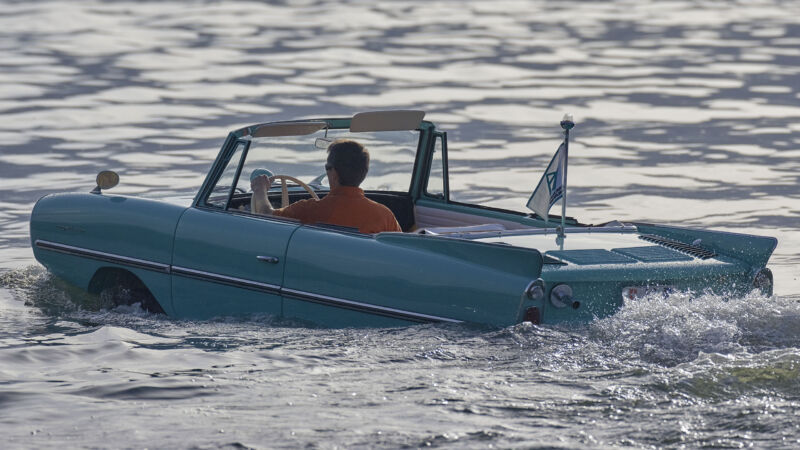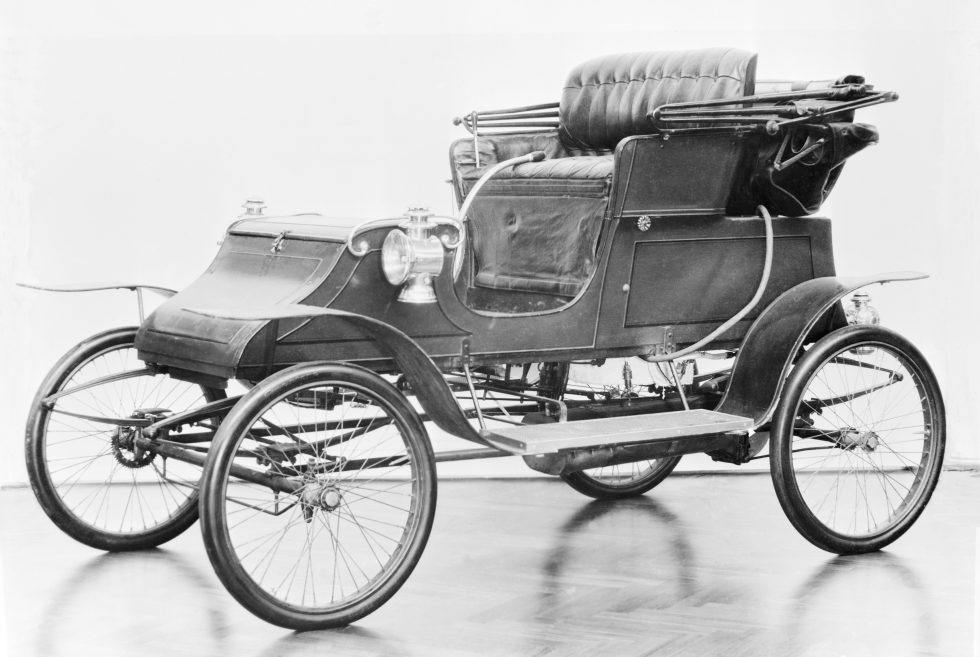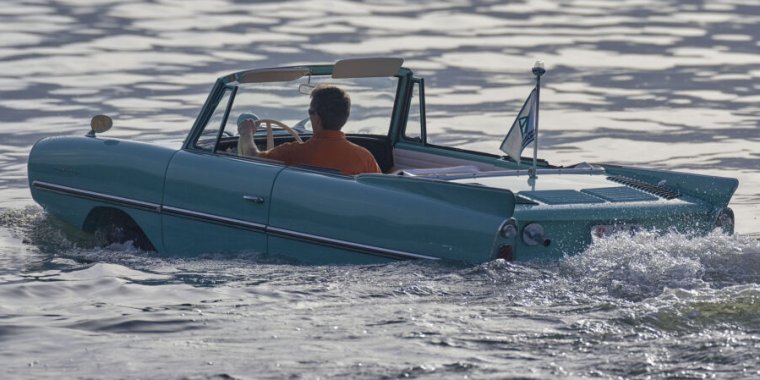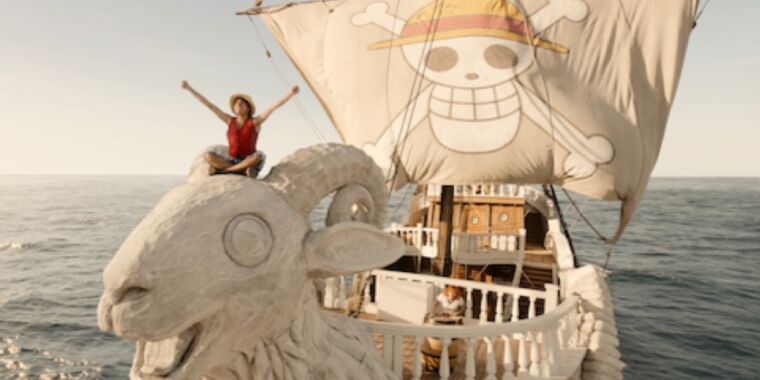
Michael Reinhard | Getty Images
Ford Motor Company had a better idea, as it once advertised, producing such iconic cars as the Mustang, Bronco, Thunderbird, and Model T. But it also built the ill-fated Edsel. Ford wasn’t alone, either; many inventors and engineers have produced cars that seemed like a good idea until they actually acted on it. Here are a few examples.
1899 Horsey Horseless
Kellogg’s cereal wasn’t the only product to emanate from Battle Creek, Michigan. The Horsey Horseless also came from there, although it’s unknown whether this vehicle was ever actually built. Still, it was a solution to a common problem in the early days of motoring, when automobiles were still uncommon and scared horses. Uriah Smith thought that sticking a horse head on the front of a horseless carriage would prevent horses from getting upset upon seeing one.
“It would have all the appearance of a horse and carriage and hence raise no fears in any skittish animal,” he wrote. “Before he could discover his error and see that he had been fooled, the strange carriage would be passed, and then it would be too late to grow frantic and fractious.”
He also recommended making the horse head hollow so it could also serve as a fuel tank.

A patent drawing of the Horsey Horseless.
Public Domain
It also made one hell of a hood ornament.
1902 Stanley Steamer
When the car was first invented, it was powered by gasoline. But gasoline-powered cars were noisy and smelly, and they had to be hand-cranked to be started, which frequently caused injuries or even death. Then there were electric cars, which had limited range due to their lead acid batteries. Steam was familiar, having powered American industry for the better part of the 19th century.
Cars built with steam power proved popular, but they were complex, as they had three tanks. One contained water for the boiler, another held kerosene or home heating oil to heat the water, and a third usually held gasoline to keep the pilot light burning. Finally, an acetylene torch was needed to light the pilot light.
And you had to wait for the water to boil and create steam before you could drive anywhere. Also, these were not intuitive machines, as they had copper tubes and pipes, boilers, condensers, valves, and gauges. And if they backfired, they could seriously scald the driver. Finally, the Stanley Steamer’s water tank had to be refilled every 30–50 miles (48–80 km), but the company felt drivers could refill their water tanks at any brook, pond, or horse trough.

Bettmann/Getty Images
Ultimately, it was the electric starter that doomed steam cars. First seen on the 1912 Cadillac Model 30, it allowed drivers to take off without waiting anywhere from 20 to 40 minutes to get started. It was also far cheaper to run.
But the company survived until 1927. The last steam car was built in 1931.
1907 Carter Two-Engine
When the engine in the car that Howard O. Carter was driving developed mechanical problems many miles from home, Carter did what anybody in his situation would do in the early days of the automobile: He built his own car, albeit with a spare four-cylinder engine.
Dubbed the Carter Two Engine, it also had two radiators, two ignitions, and two exhaust systems. The engines were mounted side-by-side and were connected, according to a contemporary account in the Smithsonian Magazine, “through cone clutches in the flywheels and by Morse silent chains, to a single three-speed transmission placed in the center of the car.”
Once started, one four-cylinder engine was used until the driver needed more power. The driver then engaged the second engine’s clutch, which started the second powerplant, thereby doubling the vehicle’s horsepower to 40 ponies, allowing the car to power onward without having to downshift.
But the second engine wasn’t merely there to add power; it was also an insurance policy in case the first engine broke down.
The car was priced at $2,250, or $70,185 adjusted for inflation, and Carter trumpeted the vehicle’s introduction as “the birth of an epoch of transportation unparalleled in the history of the world.” Few customers agreed. Within a year, the company’s factory in Hyattsville, Maryland, was building a car called the Washington, which proved somewhat more successful. It lasted until 1912, albeit with one engine rather than two.








